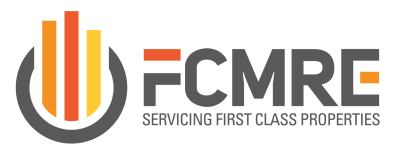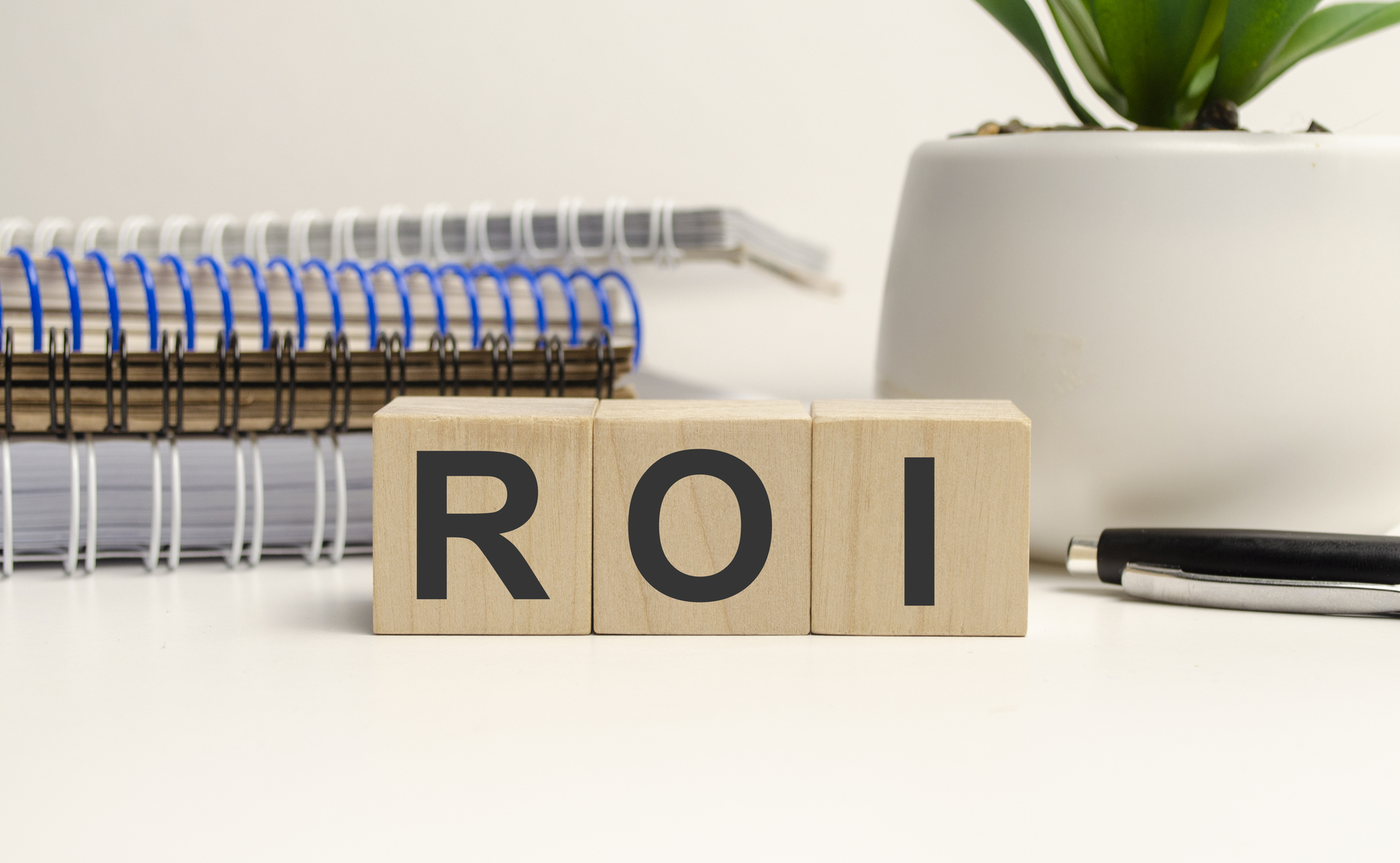Investing in commercial real estate in New York City can be a lucrative move—but only if the numbers make sense. One of the most critical metrics investors use to determine whether a deal is worth pursuing is the Return on Investment or ROI. Calculating ROI helps you understand the profitability of a property and compare it with other investment opportunities. In a city as competitive and high-stakes as NYC, mastering this metric is essential.
Here’s a breakdown of how to calculate ROI for a commercial property investment in New York City, along with some local-specific considerations.
1. Understand What ROI Means in Real Estate
ROI, or Return on Investment, measures the efficiency of an investment. In real estate, it reflects how much profit you’re making relative to how much money you’ve put into the deal. It’s typically expressed as a percentage:
ROI = (Net Profit / Total Investment) x 100
Simple in theory—but in practice, especially in NYC, there are a lot of variables that impact both profit and investment.
2. Calculate Your Total Investment
Your total investment includes more than just the purchase price. Here’s what to factor in:
- Purchase Price: The agreed price for the property.
- Closing Costs: Legal fees, title insurance, inspections, taxes, and administrative fees.
- Renovation or Upfit Costs: Any capital improvements to get the space tenant-ready.
- Financing Costs: If you’re taking out a loan, include origination fees and interest paid during the first year (if calculating annual ROI).
- Holding Costs: Insurance, utilities, taxes, and other expenses during the acquisition or renovation period.
For example, if you’re purchasing a $2 million building in Brooklyn, closing costs and necessary improvements could easily bring your total investment to $2.3 million or more.
3. Determine Net Operating Income (NOI)
Net Operating Income is the income your property generates after operating expenses but before taxes and financing costs. The formula is:
NOI = Gross Rental Income – Operating Expenses
Operating expenses include:
- Property management fees
- Utilities (if not passed on to tenants)
- Property taxes
- Insurance
- Maintenance and repairs
Let’s say your NYC commercial building brings in $180,000 in annual rent. After subtracting $50,000 in annual expenses, your NOI is $130,000.
4. Do the Math: Calculate ROI
Now plug your numbers into the ROI formula.
ROI = (NOI / Total Investment) x 100
ROI = ($130,000 / $2,300,000) x 100 = 5.65%
In this example, your ROI is 5.65% annually. In NYC’s commercial market, ROI percentages can range widely depending on the borough, property type, tenant stability, and potential for appreciation.
5. Consider Cash-on-Cash Return
If you’re financing the property, it’s also helpful to calculate the cash-on-cash return, which looks at your return based on the actual cash you invested (like your down payment and out-of-pocket expenses), not the total property value.
Cash-on-Cash Return = (Annual Pre-Tax Cash Flow / Cash Invested) x 100
This metric is especially useful for comparing leveraged investments.
6. Account for NYC-Specific Variables
NYC has its quirks that can affect ROI calculations:
- Rent Control and Stabilization: Commercial tenants aren’t usually subject to the same rules as residential ones, but long-term leases and tenant rights can affect rental increases.
- High Taxes and Insurance: Property taxes and insurance in NYC can be steep. These costs must be accurately projected.
- Vacancy Rates and Demand: Market conditions vary by neighborhood and property type. Manhattan might offer prestige but also higher vacancy risks compared to Queens or the Bronx.
- Zoning and Building Codes: These can influence renovation costs and leasing flexibility.
Performing due diligence with a local broker, property manager, or investment consultant is key to avoiding costly surprises.
Final Thoughts
Calculating ROI on a commercial property investment in NYC is both an art and a science. While the math itself is straightforward, the inputs require careful attention and local market knowledge. Always project conservatively, account for unexpected costs, and weigh your investment against alternative opportunities.
In the end, a solid ROI isn’t just about today’s numbers—it’s about positioning yourself for long-term profitability in one of the most dynamic real estate markets in the world.
Want help running ROI numbers for a property you’re considering? Reach out and let’s crunch the numbers together.

